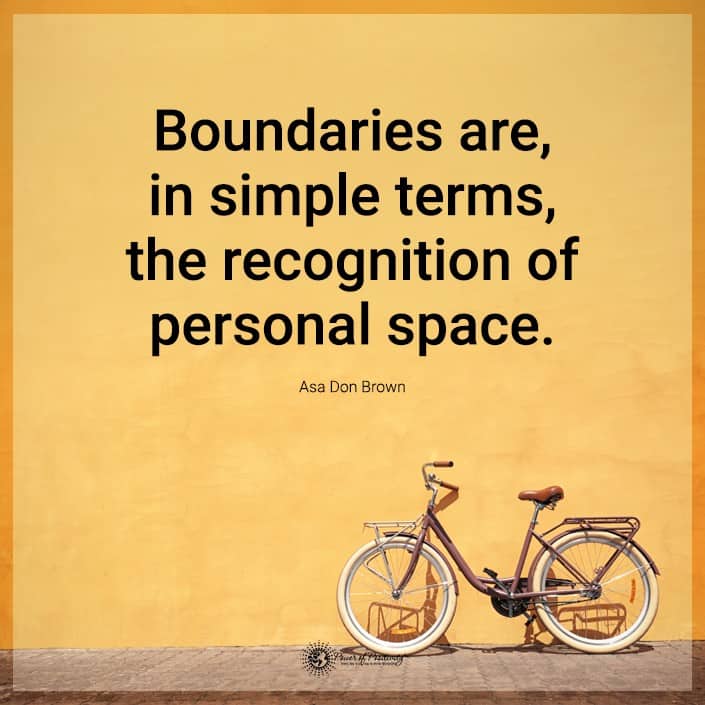The Diagnostic and Statistical Manual on Mental Disorders, Fifth Edition (DSM-5) defines personality disorders or mixed personality disorders as patterns of inner experience and behavior that deviate from cultural expectations, cause distress or impairment, and last over time. It’s unknown how many people have personality disorders due to being undiagnosed or misdiagnosed.
However, studies estimate that at least 9.1% of United States citizens have one or more personality disorders. Also called a mixed personality disorder, it describes people who display traits of multiple personality disorders but don’t fit the criteria for a specific one. The DSM-IV referred to it as “Personality Disorder Not Otherwise Specified (NOS).” However, it’s been replaced in the DSM-5 by “Other Specified Personality Disorder.”
The Ten Personality Disorders
The DSM-5 identifies ten specific personality disorders and categorizes them by types, or “clusters,” based on shared traits. They include the following:
Cluster A: Odd, Bizarre, Eccentric
People with Cluster A personality disorders often display bizarre or unconventional behaviors. They may have interpersonal relationship difficulties due to their detached and peculiar tendencies. Cluster A personality disorders are as follows:
- Paranoid Personality Disorder: affects between 2.3% to 4.4% of adults in the U.S. Symptoms include being suspicious or mistrustful of others or even believing others want to hurt them. People with this disorder may hold grudges or feel hesitant about confiding in others, even close friends or family. In some ways, PPD overlaps with schizophrenia but doesn’t present with the hallucinations typical of the latter.
- Schizoid Personality Disorder: marked by a marked indifference or detachment toward other people. Those with schizoid personality disorder usually lack close relationships and prefer being alone. They’re usually described as aloof and withdrawn.
- Schizotypal Personality Disorder: features eccentric thoughts and behaviors and feeling uncomfortable in close relationships. People with this disorder may have fanciful or odd beliefs and display significant social anxiety. Psychologists estimate that 3% of the population suffers from this personality disorder.
Cluster B: Dramatic, Erratic
Cluster B personality disorders present with dramatic or overly emotional behaviors. People with personality disorders in this cluster may experience extreme emotions or display impulsive, careless, or even criminal behaviors. These personality disorders include:
- Antisocial Personality Disorder: Around 7.6 million Americans have ASD, characterized by desires to intentionally harm others and a lack of empathy for others. They also lack remorse for their actions, giving them a propensity for criminal behaviors.
- Borderline Personality Disorder: marked by instability in interpersonal relationships, intense emotions, fluctuating self-image, and impulsive behaviors. People with this disorder have an intense fear of abandonment and may have repeated suicide attempts.
- Histrionic Personality Disorder: characterized by excessive emotion and attention-seeking behaviors. Those suffering from this disorder feel distressed when they’re not getting attention and may display exaggerated behaviors to gain attention.
- Narcissistic Personality Disorder: marked by an inflated self-image, need for attention, and lack of empathy for others. People with NPD tend to manipulate or take advantage of others to meet their needs.

Cluster C: Anxious, Fearful
Finally, those with Cluster C personality disorders display anxious, fearful, and sometimes depressed behaviors.
- Avoidant Personality Disorder: characterized by extreme shyness, sensitivity to criticism, and feeling inferior to others. It often co-occurs with other disorders such as anxiety or social anxiety.
- Dependent Personality Disorder: presents with overly dependent, clingy behaviors. People with this disorder fear being alone because they feel depending upon others to care for them. They may have difficulty making decisions without reassurance from loved ones.
- Obsessive-Compulsive Personality Disorder: characterized by a preoccupation with orderliness, perfectionism, and control. A person with an obsessive-compulsive personality disorder may adhere to schedules and work excessively long hours. Note: This isn’t the same as obsessive-compulsive disorder (OCD).
So, now that we’ve covered the various personality disorders, we’ll discuss the criteria for diagnosing mixed personality disorders.
Psychology Explains 4 Signs Someone Has Mixed Personality Disorders
Some personality disorders have overlapping traits and many similarities. For instance, a narcissist and antisocial display a lack of empathy and propensity for anger. Borderlines and dependents show clingy behaviors and extreme fears of abandonment. Schizoid and avoidant personalities have social anxiety and lack confidence.
While some people have one personality disorder, it’s more common for patients to have a mixed personality disorder. Since behaviors within clusters share certain traits, it’s easy to see how they overlap and mix. Common inter-cluster (involving two more clusters) personality mixes include Narcissistic/Obsessive-Compulsive, Borderline/Avoidant, and Borderline/Dependent. However, studies have found that the most common presentations include Cluster A and C personalities, such as Schizoid/Avoidant.
While mixed personality disorders are pretty common, it’s important to remember that not all of them overlap. Some personality types have no similarities whatsoever, such as histrionic and schizoid. The former loves being in the spotlight, while the latter avoids attention.
Personality disorders often co-occur because they have traits that complement one another. Borderline and avoidant PDOs, for instance, share intense fears of rejection and criticism and feelings of inadequacy. Both personality types have a negative self-image and avoid socializing unless necessary.
Four Key Signs of Mixed Personality Disorders
There aren’t clear signs or symptoms that point to multiple personality disorders. However, one could meet the diagnostic criteria for several personality disorders by having one or more of these signs:
- A PD that doesn’t fit existing diagnostic criteria
- Features of more than one personality disorder that causes significant dysfunction
- A clinically considerable variant of a specific diagnosis
- A specific personality disorder not listed in the DSM but still applicable, such as depressive personality disorder

Final Thoughts on Signs of Mixed Personality Disorders
As we said above, it’s challenging to diagnose mixed personality disorder because no specific criteria exist. That’s why the DSM-5 refers to it as an unspecified or other specific personality disorder. Despite the difficulties in making a diagnosis, it’s common for patients to exhibit several personality disorders due to overlapping traits.
Keep in mind that some personality disorders cannot co-exist because of their stark contrasts. The most common mixed personality disorders include Cluster A and C because of their fearful, sometimes bizarre tendencies. However, only a licensed psychologist can make a proper diagnosis due to the complex nature of personality disorders.
The post Psychology Explains 4 Signs Someone Has Mixed Personality Disorders appeared first on Power of Positivity: Positive Thinking & Attitude.



